Entrance Fees for Kathmandu UNESCO Sites & Chandragiri Cable Car (2025 Guide)
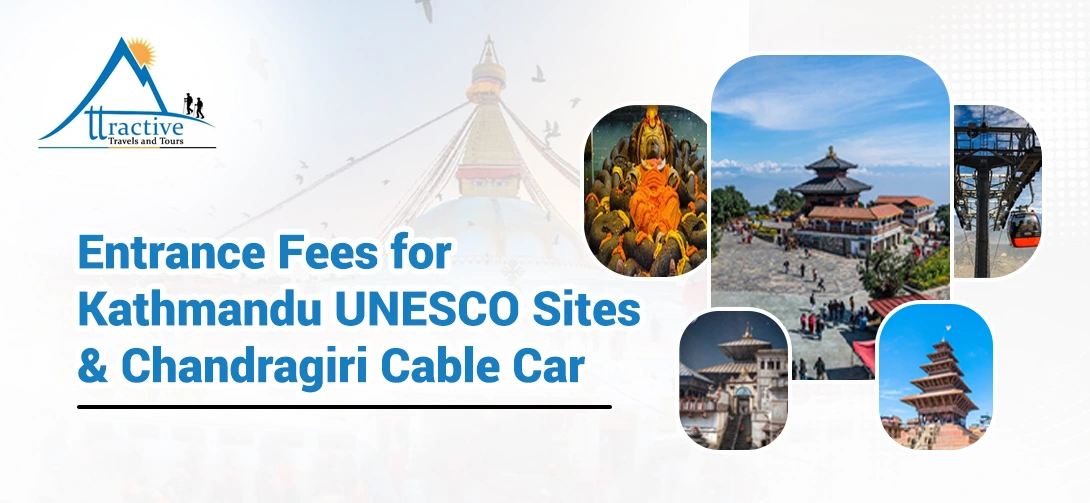
Kathmandu, considered a cultural centre of Nepal, is a living museum filled with antique temples, lively streets, and Himalayan backdrops. Seven UNESCO World Heritage sites beautify its lively alleyways. Seven UNESCO World Heritage Sites nestle within its vibrant alleys, reflecting the rich mix of Hindu and Buddhist traditions, medieval architecture, and timeless artistry that characterise the country’s cultural heritage. From the groaning Royal Durbar Squares to the revered stupas and monasteries, eminent spots of Kathmandu are all interspersed with historical reverence that attracts millions of travellers every year, thus providing insight into Nepal’s history, spirituality, and cultural identity.
Planning a trip for 2025? Then knowing the basic entrance fees for Kathmandu’s UNESCO sites and Chandragiri Cable Car will help in smart budgeting and avoiding surprises. While the UNESCO sites immerse you in a heritage of centuries, an exciting adventure via a scenic cable car ride on the beautiful Chandragiri Hill offers breathtaking Himalayan views. This guide gives you an updated snippet of the fees, compares the rates between locals and foreign visitors, and answers some pressing travel questions in order to provide all the necessary information for an easy Kathmandu trip.
UNESCO World Heritage Sites in Kathmandu Valley
Kathmandu Valley has seven sites around the UNESCO heritage. It has three categories:
- Durbar Squares – Kathmandu, Patan, and Bhaktapur.
- Buddhist Sacred Sites – Swayambhunath (Monkey Temple) and Boudhanath Stupa
- Hindu Sacred Sites – Pashupatinath Temple and Changu Narayan Temple.
Each site has its own unique story, spirituality, and architectural marvels. Let’s discover them one by one together with their latest entrance fees.
1. Kathmandu Durbar Square
This is situated at the centre of Kathmandu, the ancient royal palace complex showcases the tower of Newar architecture and centuries-old craftsmanship. Kathmandu Durbar Square used to be the royal palace of the Malla kings. It is the historical and cultural centre, replete with its intricate temples and courtyards, featuring the famed Kumari Ghar, or residence, of the Living Goddess.
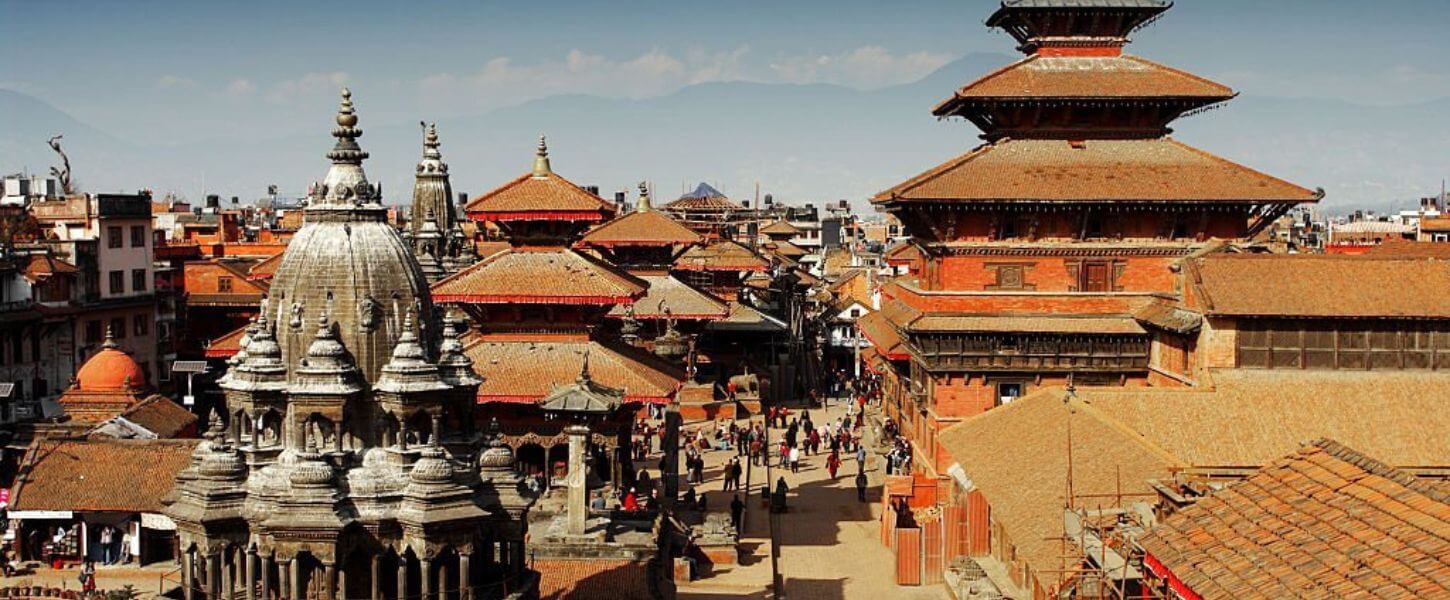
Entrance Fee:
- Nepali Citizens: Free
- SAARC Nationals: NPR 150
- Foreign Nationals: NPR 1,000
Highlights:
- Hanuman Dhoka Palace Museum
- Kumari Ghar – The House of Living Goddess Kumari Taleju Temple (open at Dashain)
- Kasthamandap – the wooden pavilion that gave Kathmandu its name
Kathmandu Durbar Square is not just an attraction for tourists but also a centre for local festivals and rituals.
2. Patan Durbar Square
Patan Durbar Square is just across the Bagmati River and is a true masterpiece of Newar architecture. Often called the City of Fine Arts, Patan is famous for beautiful courtyards, bronze statues, and ancient temples. Of the three Durbar Squares in Kathmandu Valley, Patan is known to be the most artistically sophisticated because wonderful metalwork, stone carving, and traditional crafts decorate every corner. The Patan Museum in the centre of town, set in a beautifully restored palace, houses world-class collections of religious art and cultural artifacts reflecting Nepal’s rich spiritual and artistic heritage.
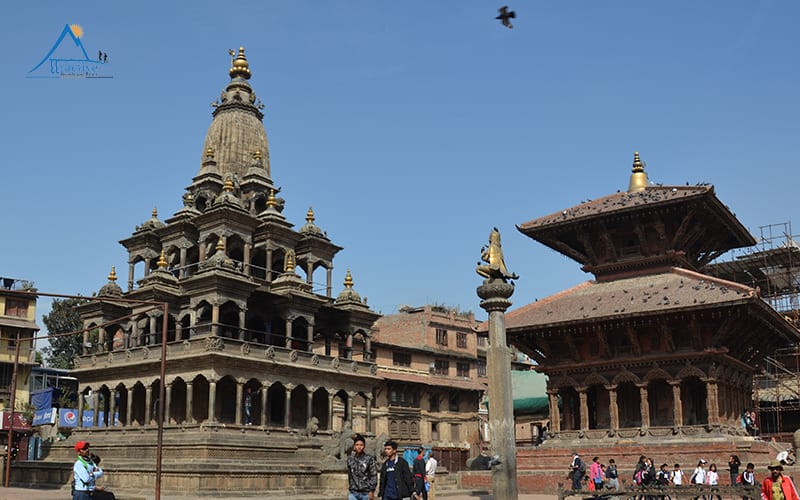
Entrance Fee:
- Nepali Citizens: Free
- SAARC Nationals: NPR 250
- Foreign Nationals: NPR 1,000
Highlights:
- Patan Museum – may be one of Asia’s best museums on Hindu and Buddhist art
- Krishna Mandir – a stone temple built in the shikhara style
- Hiranya Varna Mahavihar (Golden Temple)
- Sundari Chowk – architectural elegance featuring a stunning stone bath
For all art and culture fanatics, Patan Durbar Square is a must-see place.
3. Bhaktapur Durbar Square
Known as the City of Devotees, Bhaktapur Durbar Square is the best-preserved medieval city of Nepal and a living proof of how traditional Newar people lead their lives. Narrow alleys, pottery squares, and a timeless way of life bring fans centuries back, exposing them to a truly authentic cultural experience. The entrance fee, which is relatively higher here, reflects not only the excellent preservation standards of the site but also the ongoing conservation efforts that keep Bhaktapur one of the most intact and enchanting heritage cities in the Kathmandu Valley.
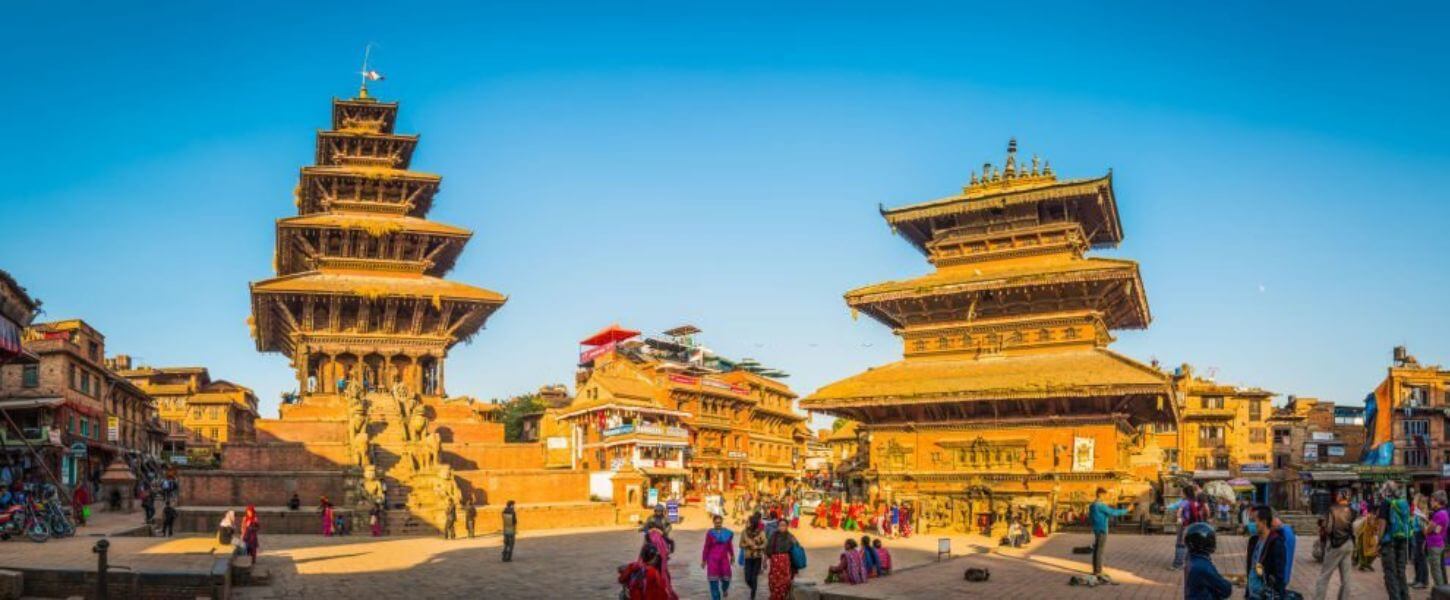
Entrance Fee:
- Nepali Citizens: Free
- SAARC Nationals: NPR 500
- Foreign Nationals: NPR 1,800
Highlights:
- 55-Window Palace
- Nyatapola – Nepal’s tallest pagoda temple
- Dattatreya Square Taumadhi Square
- Pottery Square – quality clay-making experience.
Bhaktapur is also known for Juju Dhau, King Curd, which is a local, delicious dish that should not be missed.
4. Swayambhunath Stupa (Monkey Temple)
Situated on the crest of a hill to the west of Kathmandu, Swayambhunath Stupa has views of the valley and is one of Nepal’s oldest and holiest religious sites. Religiously sacred to Buddhists and Hindus alike, it blends spirituality with mesmerizing architecture, fluttering prayer flags, and symbols of Buddha’s eyes that gaze over the city. Charged with a relatively nominal entrance fee, Swayambhunath remains one of the cheapest yet most rewarding cultural sites to explore within the Kathmandu Valley.
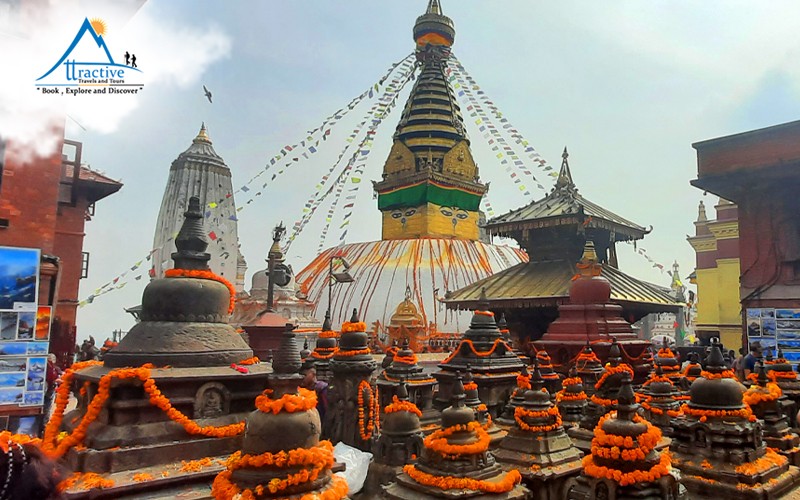
Entrance Fee:
- Nepali Citizens: Free
- SAARC Nationals: NPR 50
- Foreign Nationals: NPR 200
Highlights:
- Whitewashed dome with Buddha’s all-seeing eyes
- Harati Temple – goddess of children
- Monasteries and shrines surrounding the stupa
- Troop of playful monkeys (hence the nickname Monkey Temple).
The spiritual energy here is unlike anything else, especially at sunrise and sunset.
5. Boudhanath Stupa
Boudhanath Stupa, one of the largest Buddhist stupas in the world, stands as the spiritual heart of Tibetan Buddhism in Nepal. The site acquires life with monks, pilgrims, and visitors circling the stupendous white dome, spinning one or the other prayer wheel and chanting mantras, which creates the background of pious silence. Boudhanath is bustling with life’s activities yet deeply spiritual, thereby not failing to give a true reflection of the rituals of Buddhism and remaining one of the must-see landmarks in Kathmandu.

Entrance Fee:
- Nepali Citizens: Free
- SAARC Nationals: NPR 100
- Foreign Nationals: NPR 400
Highlights:
- Giant mandala-shaped stupa
- Surrounding Tibetan monasteries
- Colorful prayer flags and wheels
- Rooftop cafes with bright and breezy views of the stupa
Boudhanath is a great place to be during Lhosar (Tibetan New Year) and other Buddhist festivals.
6. Pashupatinath Temple
Pashupatinath Temple is recognized as a UNESCO World Heritage Site along the banks of the Bagmati River. It is Nepal’s holiest Hindu temple complex dedicated to Lord Shiva. The non-Hindus are not allowed to enter the main temple, leaving visitors with plenty of ways to explore: observing various traditional rites along the ghats or gazing at evening aarti ceremonies lighting up the riverbanks. The Pashupatinath temple grounds rank commanding among the most revered pilgrimage sites for Hindus worldwide, and the visible spots around it offer an intense cultural and spiritual experience to the visitor.

Entrance Fee:
- Nepali Citizens: Free
- SAARC Nationals: NPR 1,000
- Foreign Nationals: NPR 1,000
Highlights:
- Main Shiva temple (entry only for Hindus)
- Cremation ghats along the Bagmati River
- Dozens of smaller shrines and lingams
- Evening Aarati ceremony with devotional chants
Pashupatinath opens for an intense insight into Nepalese spirituality and expressions of Hindu culture.
7. Changu Narayan Temple
Changu Narayan is perched atop a hill and looks out over Bhaktapur. This temple is the most ancient in Nepal that has stood through the test of time since it was built way back in the year 400. The place is dedicated to Lord Vishnu and has remarkable carvings on stone and wood, while being positioned at a height, so it gives the rarest panoramic view over Kathmandu Valley down to the surrounding mountains.
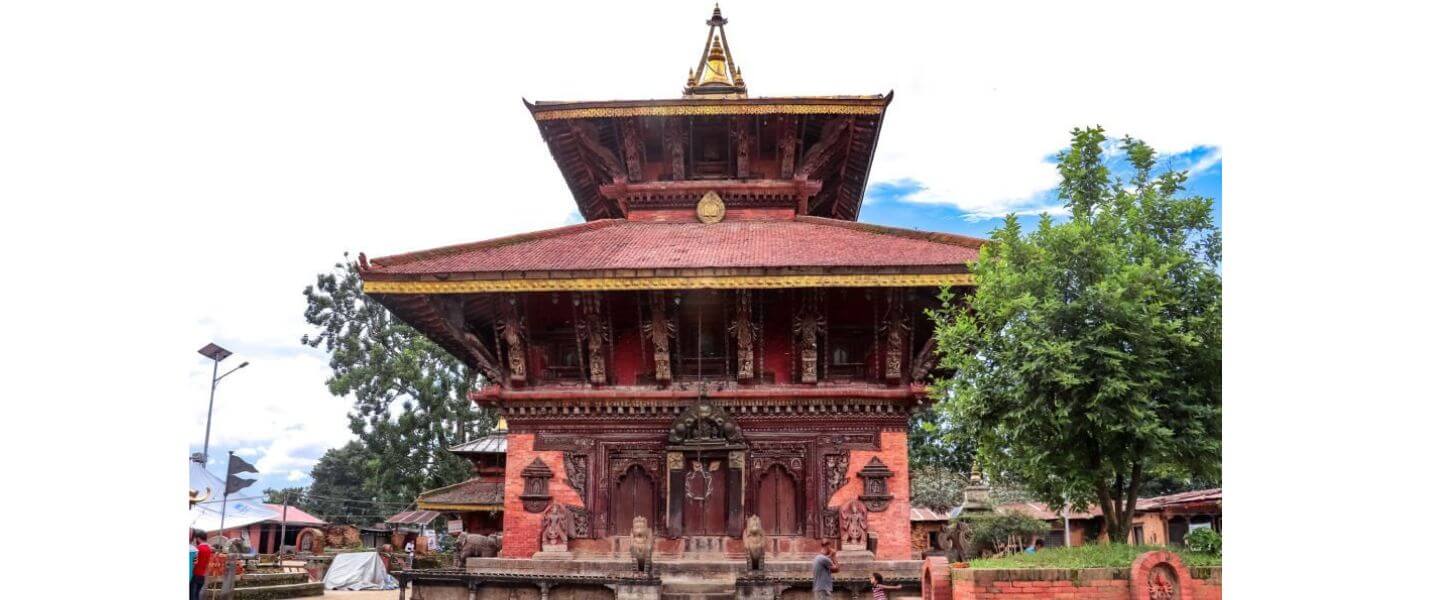
Entry Fee:
- Nepali citizens: Free
- SAARC nationals: NPR 100
- Foreign nationals: NPR 300
Highly praised:
- The ancient stone sculptures and inscriptions
- Statue of Vishnu consisting of Narasimha and Garuda
- Traditional Newari village around
- Panoramic view of the valley
Sitting atop a hill near Bhaktapur, Changu Narayan Temple is considered to be the oldest Hindu temple in Nepal, built around the 4th
Chandragiri Cable Car Pricing
The Chandragiri Hills Cable Car is not a UNESCO site, but it has become one of the biggest attractions in Kathmandu. The 2.5 km ride offers wonderful views of the Himalayas, lush green hills, and the Kathmandu valley.
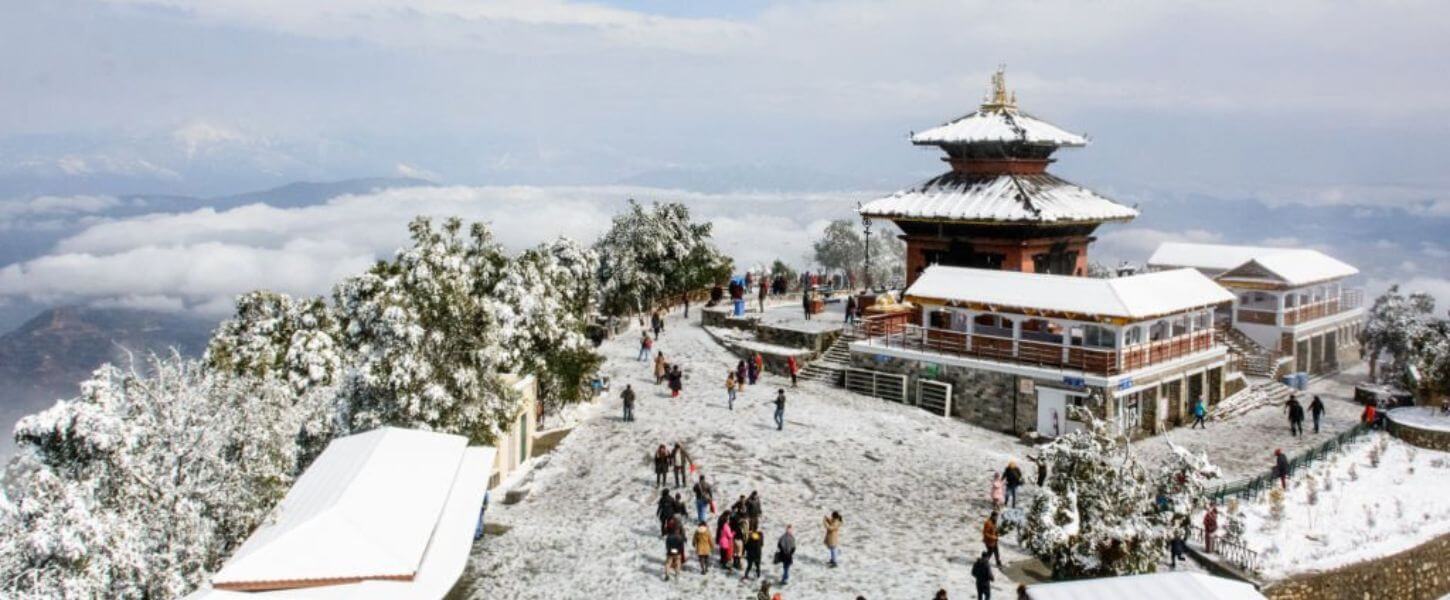
Ticket Prices:
- Nepali Citizens: NPR 799 (one-way) / NPR 1,350 (round-trip)
- SAARC Nationals: NPR 1,400 (round-trip)
- Foreign Nationals: NPR 2,200 (round-trip)
- Discounts Available for Children and Seniors
Highlights:
- Panoramic views of Mt. Everest and the Langtang range (in clear weather)
- Bhaleshwor Mahadev Temple at the top
- Adventure activities and children’s park
- Luxury restaurants and cafés
This cable car will be an ideal nature-friendly fun for families as well as a perfect way to escape the chaos of the city.
Conclusion
Visiting Kathmandu’s UNESCO sites and Chandragiri Hill in 2025 will be a taste of culture, history, and fascinating Himalayan views. With careful planning and knowledge of the entrance fees, the experience will be smoother.
Walking around ancient temples, gazing at sunset views at Bhaktapur, or riding the Chandragiri Cable Car into the clouds-all of these experiences grip you and pull your heart towards Nepal.
For guided tours, trekking packages, and culture-led travel experiences, you might travel with Attractive Travels and Tours Nepal, your trusted partner in the exploration of Nepal.
Most Frequently Asked Questions (FAQs)
1. What are the UNESCO World Heritage Sites in the Kathmandu Valley?
Ans. Kathmandu Valley has seven UNESCO World Heritage Sites: Kathmandu Durbar Square, Patan Durbar Square, Bhaktapur Durbar Square, Swayambhunath Stupa (Monkey Temple), Boudhanath Stupa, Pashupatinath Temple, and Changu Narayan Temple. All these sites show the richness of the cultural, religious, and architectural legacies of Nepal.
2. Which is the most artistic Durbar Square?
Ans. Of the three Durbar Squares, Patan Durbar Square is the most artistically sophisticated, thanks to its beautiful Newar workmanship, metalcraft, and the Patan Museum.
3. Can non-Hindus enter the Pashupatinath Temple?
Ans. Non-Hindus are allowed only to enjoy the compound and see the actions from other views set apart for them because the main Pashupatinath Temple is open only for Hindus.
4. What is the best time to visit the Kathmandu UNESCO sites?
Ans. Autumn (September–November) and spring (March–May) are the best times to visit because of pleasant weather, clear skies, and many festivals that add a cultural flavour.